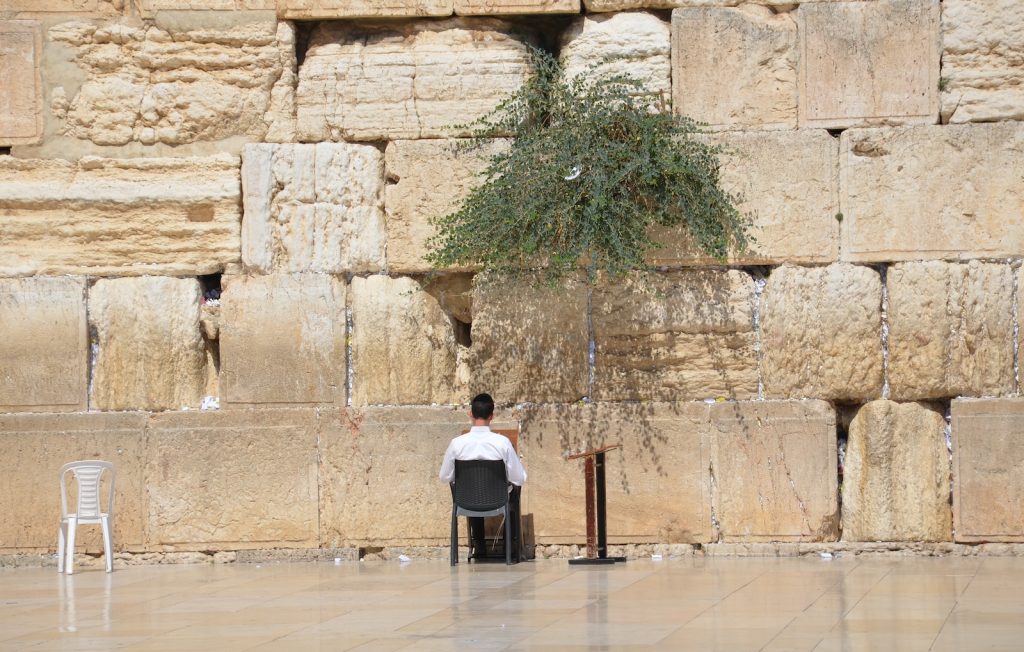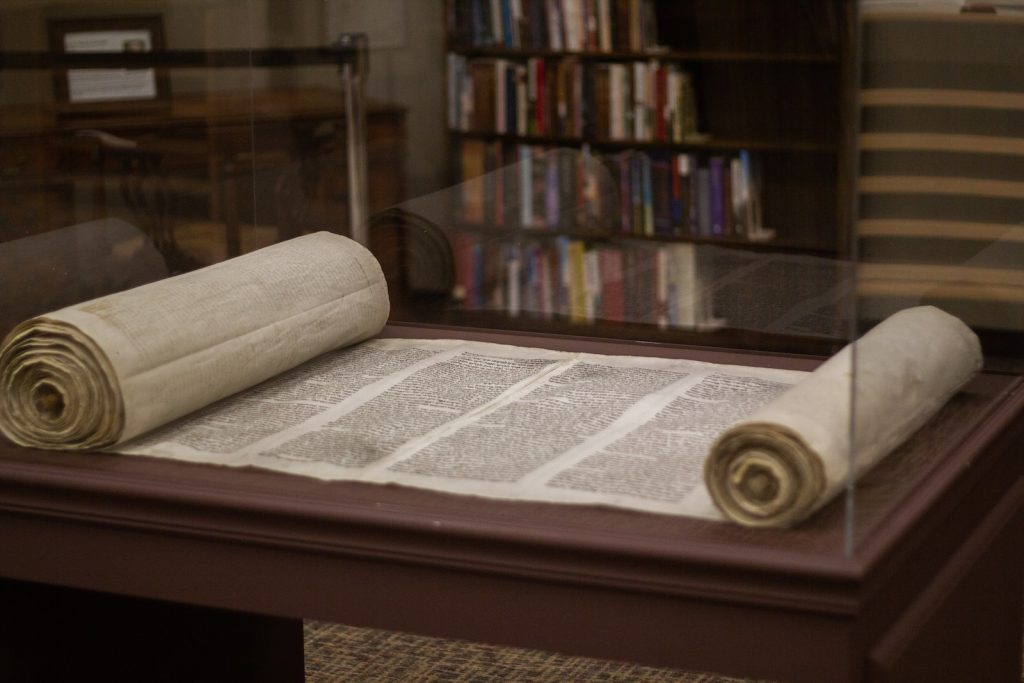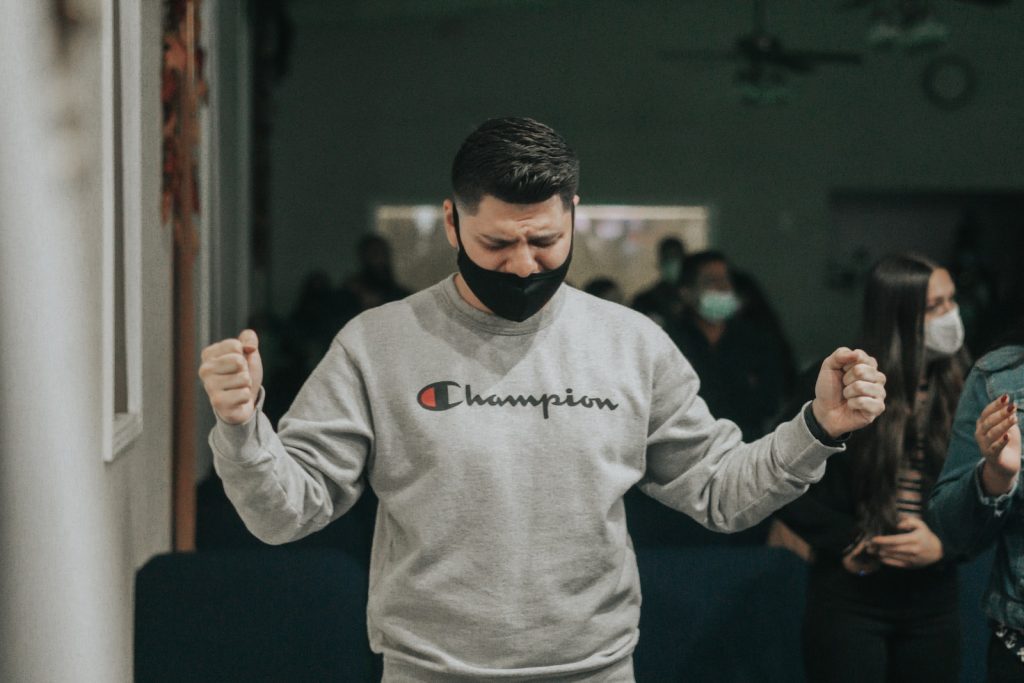Mudras, or hand gestures, have been an integral part of many classical dance forms and religious iconography in various cultures around the world. They are believed to convey a range of emotions and meanings, adding depth and complexity to the performance or artwork. In recent years, there has been a growing interest in studying the role of mudras in art and performance, and how they contribute to the overall aesthetic experience.

Classical dance forms such as Bharatanatyam, Kathak, and Odissi from India, as well as Balinese and Javanese dances from Indonesia, all incorporate mudras into their performances. These mudras are used to convey specific meanings, such as depicting a flower, an animal, or an emotion. In religious iconography, mudras are often used to symbolize spiritual concepts or deities, such as the Buddha or Hindu gods and goddesses. Understanding the meaning and significance of these mudras is essential to fully appreciate the art form or religious iconography.
This article aims to examine the role of mudras in classical dance and religious iconography, exploring the different types of mudras and their meanings. It will also delve into the history and cultural context of mudras, and how they have evolved over time. By gaining a deeper understanding of mudras, readers can develop a greater appreciation for the beauty and complexity of these art forms.
Origins of Mudras

Mudras are hand gestures used in classical dance and religious iconography. They have a rich history and cultural significance in various parts of the world. This section explores the origins of mudras and their historical and cultural context.
Historical Context
The use of mudras can be traced back to ancient India, where they were used in dance, yoga, and meditation. The earliest reference to mudras can be found in the Vedas, which are ancient Hindu scriptures. Mudras were also used in Buddhism and Jainism, which emerged in India around the same time as Hinduism.
Over time, mudras evolved and became an integral part of Indian classical dance forms such as Bharatanatyam, Kathak, and Manipuri. In these dance forms, mudras are used to convey emotions, tell stories, and depict characters.
Cultural Significance
Mudras have a deep cultural significance in India and other parts of the world. In Indian classical dance, mudras are considered to be a form of language that can express complex emotions and ideas. They are also used to pay homage to deities and ancestors.
In religious iconography, mudras are used to represent different aspects of deities and their powers. For example, the Abhaya mudra, which is a gesture of fearlessness, is often used to represent Lord Shiva. The Varada mudra, which is a gesture of granting wishes, is used to represent Goddess Lakshmi.
In conclusion, mudras have a rich history and cultural significance in various parts of the world. They continue to be an important part of classical dance and religious iconography, and their use has evolved over time to reflect changing cultural and social contexts.
Mudras in Classical Dance

Classical Indian dance forms such as Bharatanatyam, Kathak, and Odissi are known for their intricate hand gestures or mudras that are used to convey various emotions and meanings. Mudras are an essential aspect of these dance forms and are used to enhance the storytelling aspect of the performance.
Bharatanatyam
Bharatanatyam, a popular dance form from South India, is known for its graceful movements and intricate footwork. Mudras play a significant role in Bharatanatyam, and every movement is accompanied by a specific hand gesture. The mudras used in Bharatanatyam are divided into two categories: Asamyuta Hasta (single hand gestures) and Samyuta Hasta (double hand gestures). The Asamyuta Hasta mudras are used to convey emotions and moods, while the Samyuta Hasta mudras are used to depict objects, animals, and characters.
Kathak
Kathak, a dance form that originated in North India, is known for its fast-paced footwork and intricate hand gestures. The mudras used in Kathak are similar to those used in Bharatanatyam, but there are some differences. In Kathak, the mudras are used to convey emotions, moods, and characters, and they are often used in conjunction with facial expressions and body movements.
Odissi
Odissi, a dance form from the eastern state of Odisha, is known for its fluid movements and graceful postures. The mudras used in Odissi are similar to those used in Bharatanatyam but are often more subtle. The mudras in Odissi are used to convey emotions, moods, and characters, and they are often used in conjunction with facial expressions and body movements.
In conclusion, mudras play a significant role in classical Indian dance forms such as Bharatanatyam, Kathak, and Odissi. They are used to convey emotions, moods, and characters, and they enhance the storytelling aspect of the performance.
Mudras in Religious Iconography

Buddhist Art
In Buddhist art, mudras are used to convey specific meanings, often related to the Buddha’s teachings. For example, the Abhaya mudra, which depicts the Buddha with his right hand raised and palm facing outwards, represents protection and fearlessness. The Bhumisparsha mudra, in which the Buddha touches the earth with his right hand, symbolizes his enlightenment and the triumph over ignorance.
Mudras are also used to depict different Buddhist deities, such as the Bodhisattva Avalokiteshvara, who is often depicted with the Varada mudra, representing compassion and the granting of wishes. In addition, mudras are used in Buddhist ritual practices, such as meditation and prayer.
Hindu Deities
In Hindu iconography, mudras are used to convey the qualities and attributes of various deities. For example, the Abhaya mudra is also used in Hindu art to depict deities such as Shiva and Vishnu, representing their protective and benevolent nature. The Gyan mudra, in which the index finger and thumb are brought together to form a circle, symbolizes knowledge and wisdom, and is often used to depict deities such as Saraswati, the goddess of learning and the arts.
Mudras are also used in Hindu ritual practices, such as yoga and meditation, and are believed to have healing and transformative powers. In addition, mudras are used in Indian classical dance forms such as Bharatanatyam and Kathak, where they are used to convey emotions and tell stories.
Overall, mudras play an important role in religious iconography, conveying deeper meanings and symbolism through the use of hand gestures.
Interpretation and Symbolism

Common Mudras and Meanings
Mudras, or hand gestures, are an integral part of classical dance and religious iconography. Each mudra has a specific meaning and is used to convey a particular emotion or idea. Some of the most common mudras used in classical dance and religious art include:
- Abhaya Mudra: This mudra is commonly used to represent fearlessness or protection. It is often depicted with the right hand raised and the palm facing outward.
- Anjali Mudra: This mudra is used to represent respect or greeting. It is commonly depicted with the palms pressed together in front of the chest.
- Gyan Mudra: This mudra is used to represent knowledge or wisdom. It is commonly depicted with the index finger and thumb touching to form a circle, while the other fingers are extended.
- Varada Mudra: This mudra is used to represent giving or charity. It is commonly depicted with the palm facing outward and the fingers pointing downwards.
Ritual and Narrative Roles
In addition to their symbolic meanings, mudras also play an important role in ritual and narrative contexts. In classical dance, mudras are used to convey the emotions and actions of the characters being portrayed. For example, the mudra for anger might be used during a scene where a character is expressing anger.
In religious iconography, mudras are used to convey the divine qualities of the deity being depicted. For example, the Abhaya Mudra might be used to depict a deity who is protecting his or her devotees.
Overall, mudras are an important aspect of both classical dance and religious iconography. They help to convey meaning and emotion, and add depth and richness to the performances and artworks in which they are used.
Contemporary Use and Evolution

Modern Performances
Mudras have evolved over the years and are now widely used in contemporary dance performances. Dancers use mudras to convey emotions and tell stories through their movements. Some dance forms, such as Bharatanatyam and Kathakali, have a rich tradition of using mudras in their performances. In these dance forms, mudras are used to convey the meaning of the lyrics and to express the emotions of the characters.
Contemporary dance forms, such as modern and contemporary ballet, have also adopted the use of mudras. Dancers use mudras to add an extra layer of meaning to their movements and to convey emotions to the audience. Mudras have become an essential part of contemporary dance performances and are used by dancers all over the world.
Cross-Cultural Influences
The use of mudras in art and performance is not limited to India. Mudras have also influenced other cultures and art forms. For example, the hand gestures used in Japanese tea ceremonies are similar to mudras. The use of mudras in yoga and meditation has also become popular in the West.
Mudras have also influenced religious iconography. In Buddhist art, mudras are used to represent different aspects of the Buddha’s teachings. In Hindu art, mudras are used to represent different deities and their attributes.
In conclusion, mudras have evolved over time and are now widely used in contemporary dance performances and religious iconography. The cross-cultural influences of mudras have made them a universal language of hand gestures that can be used to convey emotions and meanings in different art forms and cultures.
Dr. Harlan Kilstein is a certified yoga teacher, hypnotherapist, and a teacher of the Law of Attraction since 1975.
After an immersion in yoga and his certification by the Yoga Alliance, he began studying mudras and invented Finger Healing.




